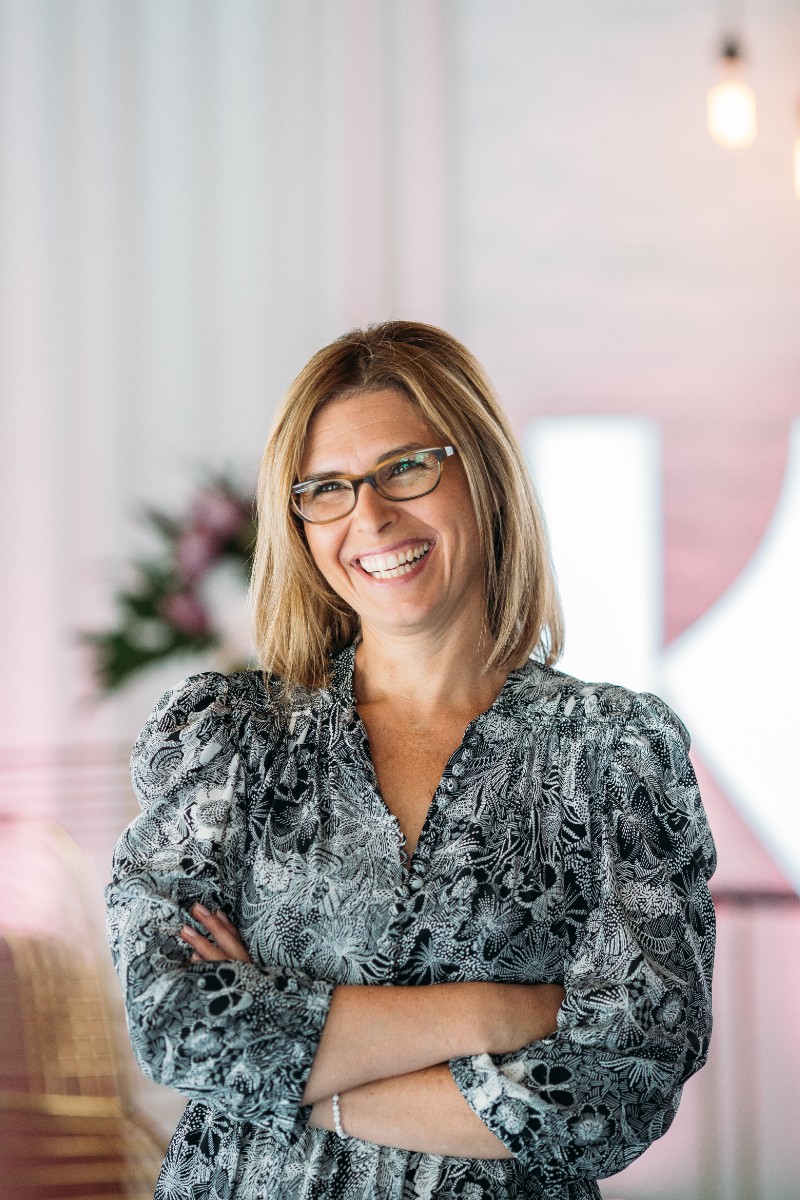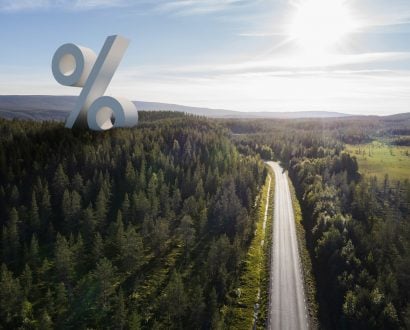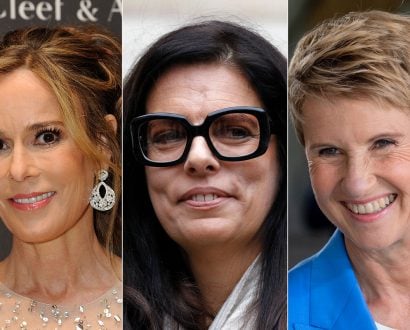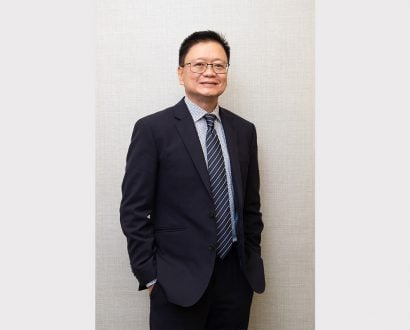Launching a company in a new region is challenging at the best of times. This year has certainly not been smooth sailing but, for Klarna, the new norm has only fueled its exponential growth.
The global fintech market is expected to grow to US$309.98 billion by 2022 – and that prediction was made pre-pandemic. If the rapid growth of fintech companies around the world is anything to go by, the figure is likely to soar even higher, as many countries face recessions.
Klarna General Manager for Australia and New Zealand Fran Ereira told The CEO Magazine that, despite only launching this year, there are already more than 250,000 Klarna users in Australia.
“When you break that down, it’s running at a rate of about 50,000 a month, which is incredible given the current climate,” Fran said. “What we’ve seen is a whole new audience as a result of the pandemic.
“That 36–60 age bracket is now shopping online, and those were the ones avidly in stores doing all of the instore buying. They’ve just shifted to a world of digital and have embraced it.”
Changing the way consumers shop online, Klarna is recognised as a responsible lender.
More than 85 million people across 17 countries use the digital payments provider to purchase goods and services from more than 200,000 merchants, but not just anyone can access the platform.

“We’ve got very, very strong hardship policies, which are there to support customers in times of hardship,” Fran explained. “It’s well within our interests to make sure that our retailers know we’re here through thick and thin, but for consumers as well.
“We see declining customers as the right thing to do if it’s in their interest and we don’t want to put them in a worse-off position.”
The ethos of mindful money rings true to Klarna as the platform – described as the “darling” of fintech in Europe – strives to encourage a positive finance stream.
“A product like ours enables customers to still afford the things they love because we can make their money go further,” Fran explained. “We enable people to make their money work harder and smarter for them, and we’ve got solutions to ensure they’re not going to get bitten by interest.”
As the largest private fintech in Europe and one of the largest private fintechs globally, Klarna Australia partnered with the Commonwealth Bank of Australia in a world-first collaboration.
Combining Australia’s market leader in digital payments with the popular digital payments provider was an obvious move for Klarna.
“Both of us are obsessed with customers,” Fran said. “The two companies have a very strong alignment on our core values and core objectives – that’s how the relationship blossomed.”
Both enterprises leverage each other to deliver customer-oriented results.
“A product like ours enables customers to still afford the things they love because we can make their money go further.” Fran Ereira
And it’s this passion for consumer feedback that Fran has been driven by throughout her lengthy fintech career.
“There are very few industries where you can really listen to what customers want and are able to iterate, improve and deliver on that, and see meaningful results,” the general manager said.
Mirroring Fran’s obsession for customer feedback, for the past 15 years, Klarna has been shaping its success based on what people truly want.
So much so, the Swedish-based fintech company recorded US$753 million in revenue in 2019.
In Australia, the buy-now-pay-later market is set to double by 2023. This year alone, homegrown Afterpay’s ASX share price increased by more than 700%.
The substantial growth across the market could signal the possible demise of traditional payment processes.
“Australians’ shopping behaviours are shifting from traditional payment products like credit cards to this new digital world,” Fran reflected. “I definitely think it will continue.
“If you look at history, you can see where we’re headed. I don’t think forms of payment other than the Klarnas of the world will exist for future generations.
“I think the momentum is only going to build. I’m waiting to see the trillion-dollar global picture that will no doubt happen very, very quickly.”
The general manager explained that one of the appealing aspects to Klarna is the flexibility and transparency. While credit card statements fail to note the amount of interest consumers’ are paying, Klarna does the opposite.
“The younger generation see lack of transparency as a rigid process. What younger consumers and people with mortgages want is their money in offset accounts, working for them – as with platforms like Klarna. They are better off because they’re helping themselves,” Fran explained. “Businesses like ours are showing consumers you can safely purchase, budget and spend – that’s what drives it.”
And it must be working. During 2020, Klarna has launched in Spain, Ireland, Italy and Belgium, soaring its employee number to about 3,000.
“We’ve come an incredibly long way,” Fran said. “There’s no shortage of countries that will subsequently follow.”
Important to the business is not following a one-size-fits-all approach. With every new region it expands into, the teams work to make each launch appropriate and relatable to its consumers.
“We’re all about adding value and making a difference in every one of those countries,” she said. “Our mantra is start small, grow fast – and that’s what we do in every country.
“The world is our oyster. We’re writing the song as we go, based on what we’re learning from everyone we talk to – they’re all part of the incredible landscape.”







